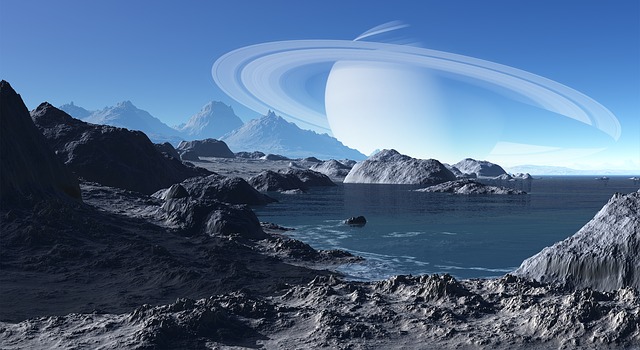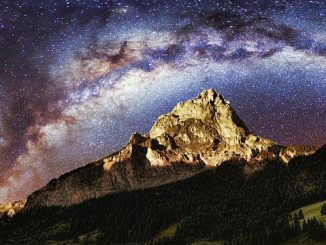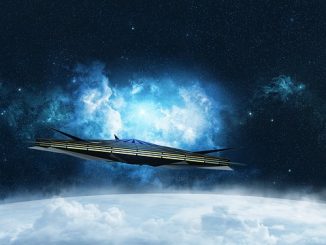
A new study published in the journal Science has revealed that molecular hydrogen is being generated in Enceladus, one of Saturn’s moons. Specifically, it’s being produced by Enceladus’ warm subterranean ice-covered ocean through the plumes of water vapor it’s shooting out. And based on the analysis of data, NASA believes that the most plausible explanation is the presence of chemical reactions between the moon’s hot rocky core and its warm ocean water, much like those that create ecosystems around deep seafloor vents on our planet.
Although NASA did not exactly find evidence of life, what’s remarkable about the discovery is that it adds to mounting proof suggesting that even if a celestial body might look inhabitable because it’s covered with ice, an entirely different story might be brewing beneath its surface. Just a few days before, they also spotted what looked like water plumes being spewed out by Europa, one of Jupiter’s icy moons.
Enceladus is one of Saturn’s larger moons with a diameter of about 313 miles (504 km) and a dynamic surface that’s considered young in terms of geological age. It orbits its host in a non-circular way, which is why astronomers believe that gravitational forces are tugging at it unequally (just like our own moon does, creating high and low tides). This turning and churning generates heat in the core, and it is likely this heat that allows Enceladus to keep its water in a liquid state.
Liquid water is one of the most essential elements of life, which basically means that every living organism needs liquid water to thrive. Life also requires a source of energy (in other words, food), and the right combination of chemicals to create an organism known as CHNOPS or carbon, hydrogen, nitrogen, oxygen, phosphorus and sulfur.
For the longest time, it was believed that sunlight is also essential in sustaining life. It was only in the late 70s when it was discovered that life can thrive even in darkness — when a host of ecosystems was found around holes on the ocean floor spewing hydrothermal vents or jets of hot water filled with all kinds of molecules.
That means that in lieu of sunlight, life can be created when there’s liquid water, an energy source, and the right chemical mix. And that opens up a host of possibilities that suggest life can exist even in the harshest and darkest environments.
The discovery of hydrogen in Enceladus was made by the Cassini spacecraft which had been orbiting Saturn since 2004. Its mission, however, is almost over. In less than two weeks, it will begin its descent through Saturn’s rings, until it eventually crashes into the planet and retires for good.
Cassini will be leaving a great legacy, though. Confirming the existence of hydrogen is almost a confirmation that Enceladus’ ocean might be habitable.
As explained by Linda Spilker, one of the Cassini project scientists working at NASA’s Jet Propulsion Laboratory (JPL): “Confirmation that the chemical energy for life exists within the ocean of a small moon of Saturn is an important milestone in our search for habitable worlds beyond Earth.”




Leave a Reply